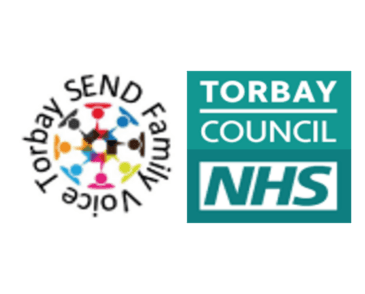

Last Updated - February 4, 2025
Age 16-18 – Universal support for Social, Emotional and Mental Health Needs (SEMH)
All staff will:
- Model positive behaviours and implement the Our vision for SEND in the local area – Family Hub to support preparing for adulthood at the earliest opportunity.
- Familiarise themselves with any support plans in place for student(s). These should be checked at least half termly.
- Welcome all students into learning environments and services.
- Implement Quality First Teaching practices or equivalent, eg Evidence Informed Practice.
- Where possible provide check ins with students prior to the start of their first lesson.
- Use relational approaches to build positive relationships with students. Avoidance of shaming behaviours and language.
- Use restorative approaches to resolve conflict positively, wherever possible.
- Provide concise and clear instructions. Use dual coding such as visual aids and checklists.
- Provide opportunities for movement breaks/time out to regulate.
- Provide opportunities for validation of student feelings/emotions.
- Involve the young person in developing strategies that help them.
- Work with the student to recognise triggers and ensure proactive strategies are in place to minimise impact of any escalating behaviour.
- Teach skills such as asking for help.
- Use of rewards and praise, some students may prefer indirect or discrete praise as they do not want to be singled out.
- Adhere to consistent Ready, Respect and Safe values, remind students of rules/expectations within each setting.
- Ensure any behavioural interventions are timely and evidenced chronologically using appropriate student record system.
- Provide opportunities for positive peer support/buddies.
- Identify and provide access to a safe space.
- Refer to pastoral/wellbeing team as appropriate.
- Support students to identify and use of self-help strategies, wherever possible.
- Create opportunities for student to share feelings including use of journals or diaries.
- Use body language that is clear, predictable, open hands, non-threatening.
- Ensure facial expressions, tone of voice are neutral and calm.
- Responses to be non-judgemental and consistently applied.
- Put in place a clear transition plan for next steps to include Information and guidance (IAG), for course transfers, finding apprenticeships, finding work, in line with their aspirations.
Download the 16 – 18 Graduated Response toolkit here:
